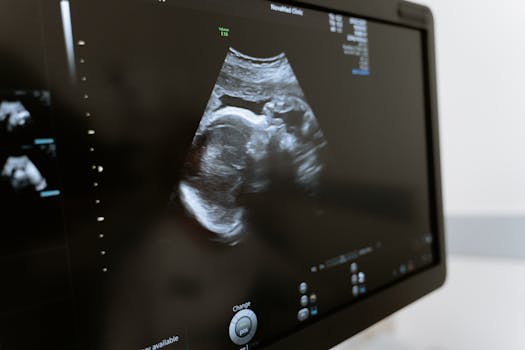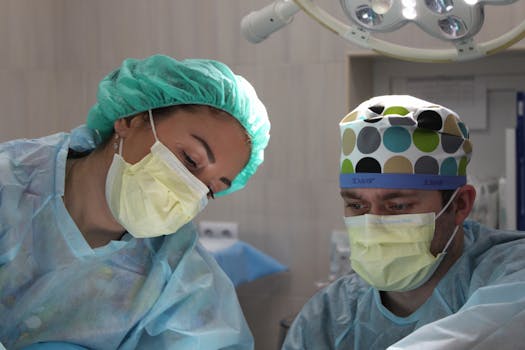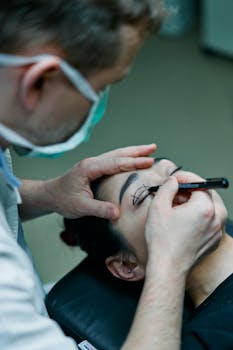Chin and neck lipo is a cosmetic procedure that targets excess fat beneath the chin and along the neck to create a more defined profile. Many people consider this treatment when diet and exercise aren’t enough to address stubborn fullness under the jawline. This article explains how the procedure works, who is a good candidate, and what to expect during recovery so you can make an informed choice.
Chin and neck liposuction: how it works
Liposuction in the chin and neck area involves small incisions through which a cannula removes localized fat. Surgeons often combine suction with techniques that encourage skin tightening, which can be especially important for older patients or those with skin laxity. Common terms you may hear include neck liposuction and jawline liposuction; they all describe targeted removal of submental and submandibular fat to improve contour.
Who is a good candidate for jawline lipo?
Ideal candidates typically have good skin elasticity and localized fat deposits rather than generalized weight issues. Those bothered by a double chin, blunted jawline, or fullness along the neck often explore jawline lipo or jawline liposuction. Patients with significant skin sagging may need adjunct procedures—such as a neck lift or skin-tightening treatments—to achieve the best result.
Types of procedures and non-surgical alternatives
Aside from traditional neck liposuction, newer options can include laser-assisted liposuction or ultrasound-assisted techniques designed to melt fat before removal and stimulate collagen. Non-surgical alternatives for mild fat reduction include injectable deoxycholic acid and energy-based skin tightening, but these options typically require multiple sessions and offer subtler change than surgical neck liposuction.
Preparing for surgery and the procedure itself
Before surgery, your surgeon will review medical history and discuss goals, risks, and likely outcomes. On the day, local anesthesia with sedation or general anesthesia may be used depending on the extent of work and patient preference. Small incisions are placed in inconspicuous locations—often beneath the chin or behind the ears—and a cannula removes fat to sculpt the jawline. The procedure usually takes one to two hours for isolated chin and neck lipo.
Recovery expectations
Expect swelling and bruising for a couple of weeks, with most patients returning to normal non-strenuous activities within a week. A compression garment or chin strap is commonly recommended for several days to weeks to reduce swelling and support contouring. Final results may take several months to appear as tissues settle and residual swelling resolves. Scarring is minimal when incisions are small and well-placed.
Risks and how to reduce them
As with any cosmetic surgery, risks include infection, asymmetry, contour irregularities, and changes in sensation. Choosing a board-certified plastic surgeon experienced with neck liposuction and following pre- and post-operative instructions lowers these risks. If skin elasticity is poor, ask about combining liposuction with a neck lift to avoid sagging after fat removal.
How to choose a provider
Look for a surgeon with specific experience in facial contouring and a portfolio of before-and-after photos. During consultation, discuss realistic outcomes, revision policies, and recovery timelines. Consider seeking multiple opinions if you’re unsure about the recommended approach. For patients interested in pairing cosmetic skin treatments with surgical contouring, exploring the latest skin-care technology can be helpful: descriptive anchor text.
For a general overview of liposuction as a procedure and its indications, reputable sources such as medical reference pages provide helpful context; for more information see this liposuction overview.
Making the decision
Choosing chin and neck lipo should balance aesthetic goals, medical safety, and a realistic understanding of what surgery can do. When performed by a qualified surgeon and combined with proper aftercare, jawline liposuction can produce a sharper neckline and improved facial proportions. If you have concerns about scarring, skin laxity, or overall health, discuss these openly with your provider so they can tailor a plan that may combine procedures for the best result.
- Takeaways: Liposuction can effectively target submental fat and refine the jawline.
- Takeaways: Good skin elasticity improves outcomes; some people need a neck lift along with liposuction.
- Takeaways: Recovery includes swelling and compression garments; final results appear over months.
Is neck liposuction safe?
When performed by a qualified, experienced surgeon, neck liposuction is generally safe. Risks exist, as with any surgery, but careful patient selection, sterile technique, and adherence to post-op instructions minimize complications.
How long do results last for jawline lipo?
Results are long-lasting if you maintain a stable weight. Liposuction removes fat cells in the treated area, but remaining fat cells can enlarge with weight gain, so healthy lifestyle habits help preserve the outcome.






